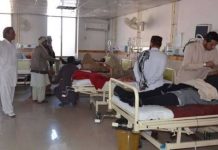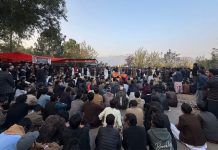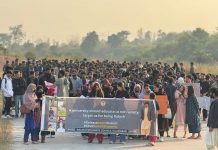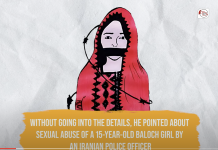In the tragic bus accident of Lasbela, 41 people lost their lives while three injured are still under treatment in a Karachi hospital. This is not the first such incident, thousands have lost their lives in similar incidents on highways of Quetta to Karachi, Panjgur to Quetta, Turbat to Karachi and Panjgur to Karachi. According to estimates, as many as seven to eight thousand people loose their lives every year in these incidents.
An injured passenger of the unfortunate bus has confirmed that despite faults in the vehicle, the drivers continued the journey. Another passenger had sent a text message to his family that the driver was driving very carelessly and dangerously. Due to the irresponsible behaviour of the bus drivers and owners, several accidents have occurred but the government, other than releasing media statements, has continuously failed to bring solid policies to stop these accidents.
There have been allegations that the government has built highways on neocolonial designs that are solely to transport the plundered resources of Balochistan to other parts of Pakistan. The Quetta to Karachi highway was built in 1960s to transport extracted marble from Jahalawan and Naukondi.
Another major reason behind these incidents is the exponential growth of traffic in Balochistan over last few decades. However, despite this upsurge, there exists not a single dual carriageway with two lanes. Despite the continuous demands of the public, the RCD highway has still not been converted from a single lane dual carriageway to a double lane dual carriageway, and this has caused continuous rise in accidents on daily basis.
Another major reason of high death toll is the absence of ambulances or emergency services. If the highways of Balochistan have adequate lanes, the emergency services are improved, and the passenger busses are properly regulated, a lot of lives can be saved.





























